Below is my summary of David Hyerle's chapter, "Thinking Maps as a Transformational Language for Learning," found in the book Student Successes with Thinking Maps from Corwin Press, 2004. The National Urban Alliance partners with Thinking Maps, Inc. to provide teachers with the tools needed to make thinking explicit for students.
By providing a common language for teachers and students, thinking maps have been closing the achievement gap in schools across the United States. Currently, 4000 school faculties in the U.S. have been trained to use thinking maps in their classrooms.
David Hyerle, who brought the Thinking Maps to schools over 15 years ago, refers to the maps as a transformational language because the maps can be used across disciplines, cultures, and ability levels; they also work with students from kindergarten to college. Once students and teachers have a common visual language, higher order thinking can be explicitly displayed and assessed.
Some teachers believe that the maps are just an interesting set of graphic organizers, but they are so much more. Graphic organizers are static and focus on isolated content tasks whereas Thinking Maps are a theoretically grounded language based on eight fundamental cognitive processes. In fact, since the brain is a pattern detector (binding together data through neural patterns to network information) and since all humans communicate with language, employing a brain-patterned language makes sense.
The classroom benefits for using Thinking Maps are numerous. First, they are flexible tools that can be used in isolation or in combination with other maps to solve multi-step problems and for thorough reading comprehension. Second, Thinking Maps are great assessment tools since they clearly and explicitly demonstrate what a student is thinking. Third, maps provide an opportunity for focused cooperative education, which is a key to bridging the cultural gap between students. Fourth, Thinking Maps allow a teacher to mediate a student's thinking and literacy development, not simply remediate students through repetition of content. Finally, Thinking Maps bridge the cultural and discipline gap between teachers in a school since they provide a common language for instruction.
Hyerle ends his chapter with a call to all people involved in the educational process to use Thinking Maps, not just classroom teachers. Thinking Maps foster constructivist conversations that not only allow for efficient problem solving, but also make staff meetings more reflective and less procedural.
Subscribe to:
Post Comments (Atom)
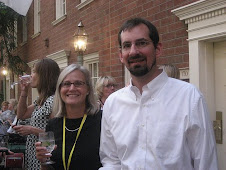
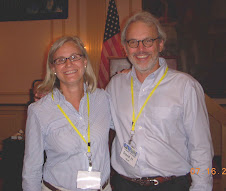
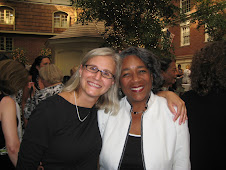
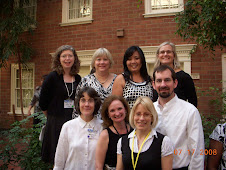
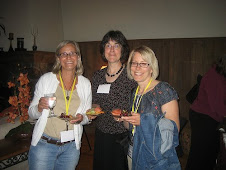
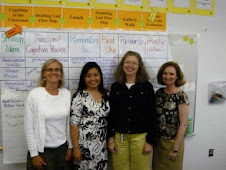

7 comments:
I liked it that Hyerle spoke about thinking maps as a language and really as visual representations of actual thinking skills. It makes more sense for me to think about the maps as a way to show and communicate thinking strategies than just an activity or a way to organize information.
I also agree that by using thinking maps, students are really communicating how they're thinking, not just what they're thinking: "Calling Thinking Maps a language was a clear expression of how these eight visual tools, each surrounded by a visual frame of reference, work in unison, enabling all learners to communicate what and how they are thinking" (5).
Rachel raises a good point that perhaps the negative attitudes surrounding Thinking Maps would be reduced if we discuss with students and teachers that we are using a common language to display metacognition, not just doing an activity.
I also highlighted the idea of thinking maps as representing "eight cognitive skills." Since the thinking processes of students are so clear on the maps, they are excellent assessment tools. In discussion students often have trouble communicating exactly what/how they are thinking. Also, there are so many participants in a class discussion that I have trouble tracking an individual student's ideas as she/he develops them. Thinking maps will allow me to assess student thinking and provide quick, constructive feedback.
I have always been a firm believer in using some kind of graphic organizer with students reading articles or challenging text materials in social studies. However, before today I hadn't thought about the fact that graphic organizers actually take the thinking out of the reading experience. Thinking maps really call upon students to invoke their own higher order thinking skills at whatever level they may be at. I can also see how they provide effective and efficient assessment in terms of seeing how much a student has comprehended a given article or reading. This will be an extremely useful tool for me to use as I go forward.
I think this was the best article I have read outlining the philosophy behind thinking maps and the process that went into developing them. I did find it frustrating that the author continued to refer to research but never cited the research - perhaps this comes later in the book. I would also be interested in finding out if any research has been done regarding students who are not struggling and how this new language impacted their performance.
Brian
Brian--Did you read Chapter 2 and have any research questions answered, or should I keep looking?
Betsy--The Maps have helped the reading comprehension in my English classroom, so I am sure they will help you during your first year teaching too. Good luck.
Sarah Jarrett--I also like to see the thinking of quiet students in class. Too often they have great ideas but are silenced by the verbal students (who sometimes don't even think before they speak. I also think blogs will help us discover what all students are thinking.
The requirement that Thinking Maps be student generated is good for me to keep in mind. If I create the map the students really are not being stretched to think about how to "unfreeze" the writing. I also need to keep in mind that the maps may be used in conjunction with other strategies such as the antipcation activity with the didgeredoo (sp?), Final Word, and K-W-L.
I have two questions for Friday morning. The first is that I need more clarification about the purpose of the frame on each of the maps. And the second is a desire to see Chapter 7, 8, and 9 which apparently are about math.
blog slog slow glow glob glop goop good
Post a Comment